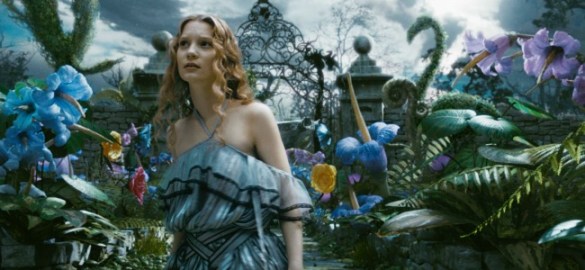Ask a Dork: 3D Post Conversion
What do you think of movies that are post converted to 3D? Do you think it’s a fair solution or rather a film be shot for 3D?
These days, if you want your film to eventually be a 3D release, there are two avenues you can take: using highly specialized and expensive 3D cameras or post converting films shot on standard HD cameras to convey artificial stereoscopic 3D. The latter of the two has allowed many older or low budget films to enjoy the “glory” of 3D, but not all post conversions are created equal.
The argument of most major film studios would be that post conversion allows standard filmmaking experts to do their thing, free of the physical and technical requirements that are required for a true 3D experience, and still have a final product with “depth.” That said, there is a more sinister reason for this post conversion support: money. Post conversion costs significantly less than a full 3D operation, ensures that moviegoers eat the higher cost of tickets, and reduces the risk of piracy cutting into profits. The only problem with post conversion? It generally looks like ass.
There are a few pretty post converted films, like Titanic’s recent theatrical rerelease, but those are few and far between. One has to look no farther than Clash of the Titans or Tim Burton’s Alice in Wonderland to see perfect examples of post converted 3D done wrong. These films required endless rotoscoping to provide layers that could be separated to fake a different perspective in an originally 2D scene, but the result for both isn’t clean; the human eye can easily see all the film’s seams. Post conversion developers can tediously push and pull things away to enhance depth, but the content within layers ultimately doesn’t have the right depth to be on par with stereoscopic 3D. Often, especially in the case of post converted action movies, this approach muddles and blurs fast sequences to the point of incomprehension.
Films should be shot in stereoscopic 3D if they are going to be released in 3D. A 3D camera is almost like a two-in-one camera, meaning that that there are two lenses and two magazines for film stock. This camera can record two separate images to be processed in post to employ the right distance in between the images so that they work as a 3D film when wearing polarized 3D glasses. In practice, this camera is able to replicate the abilities of the human vision. That’s not to say it doesn’t require a fair amount of work though; 3D cameras require a stereographer to work closely with directors, cinematographers, and production design to ensure that the blocking of actors, mounting of props, and lighting of sets are favourable to what the 3D setup can use well. Naturally, this technical and manpower requirement can be limiting.
To that extent, I understand why low budget films are post converted for 3D releases, but I would still contend that they should have 3D releases in the first place. I’m not saying that every film has to be Avatar. In fact, I’d probably avoid the cinema completely if that was the case. However, some films just have no business being in 3D.









